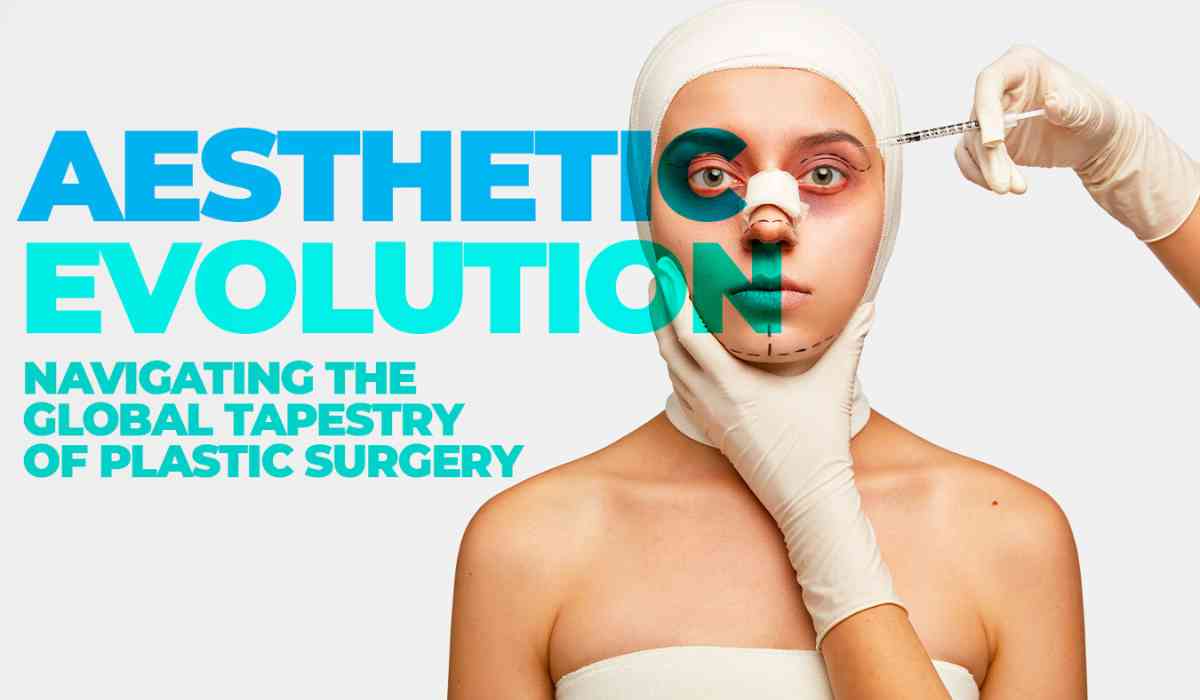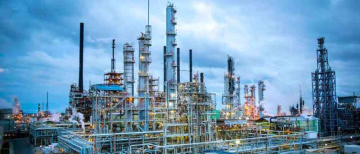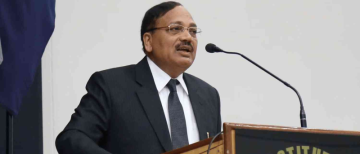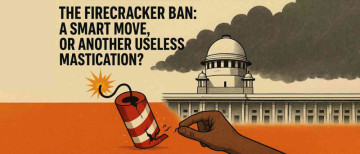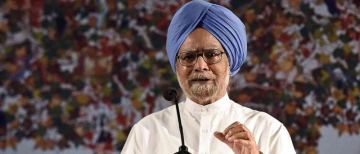The historical journey of plastic surgery, from its ancient origins to the latest innovations, is a complex narrative that involves both triumphs and tribulations. This journey is marked by technological breakthroughs, societal changes, and poignant failures, which have shaped the field into what it is today.
Ancient Beginnings:
Commencing our exploration in ancient times, Indian physician Sushruta pioneered nose reconstructions but faced challenges due to a lack of anaesthesia and sterile conditions. His "Sushruta Samhita",dating back to around 1500 BCE, provides insights into these early surgical techniques, laying the foundation for plastic surgery. Sushruta demonstrated advanced anatomy understanding and emphasized cleanliness and hygiene in surgical practices. He classified diseases and accurately described human anatomy, laying the foundation for medical classification.

His groundbreaking work continues to be revered and studied by medical professionals worldwide. Sushruta's contributions to medicine and surgery earned him to be called as the 'Father of Surgery' and continue to be celebrated in India, with the government awarding the Sushruta Award for excellence in the field of surgery.
Renaissance and the Indian Influence:
Fast forward to the Renaissance, and Gaspare Tagliacozzi's revolutionary work faced scepticism and controversy. The exchange of knowledge between Europe and India played a pivotal role in shaping the future of plastic surgery. Sushruta's influence on European surgeons, including figures like Tagliacozzi, became a crucial chapter in the global history of plastic surgery.

He published his renowned two-volume work "De Curtorum Chirurgia per Insgenosi Membrorum Historia" in 1597, which detailed his techniques for reconstructive surgery. He emphasized the importance of 'natural-looking' results in his work.
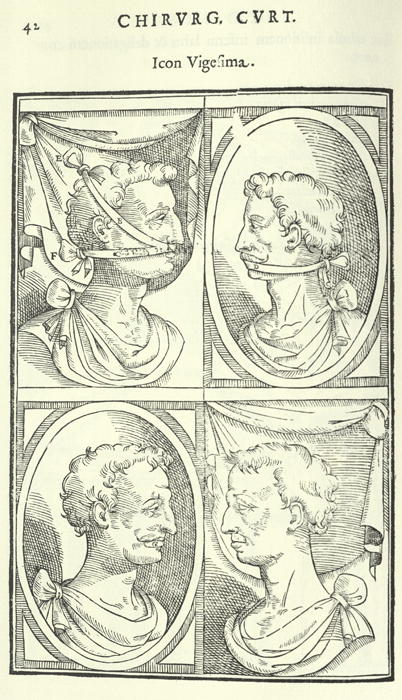
World Wars and Global Contributions:
The wounds of World Wars I and II thrust plastic surgery into the spotlight, with surgeons like Sir Harold Gillies known as Father of Modern Plastic Surgery, worldwide making significant contributions. He was quoted saying:
"Unlike the student of today, who is weaned on small scar excisions and graduates to harelips, we were suddenly asked to produce half a face."
The atrocities of facial injuries sustained in the First World War highlight the enormous difficulties that troops and medical personnel encounter while attempting to heal and rebuild serious facial wounds. His founding of The Queen's Hospital, the first in the world devoted to treating facial injuries, in 1917 underscored the need for specialised facilities.
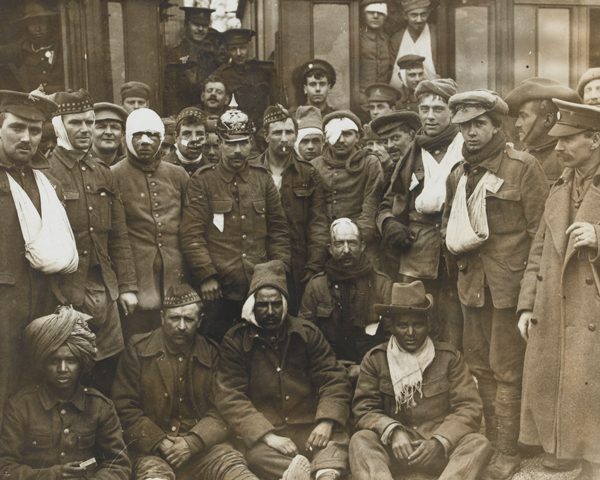
Wounded Indian and British Soldies (WW1)
In World War I (1914–18), the debut of Chemical weapons and agents (poisonous substances designed to murder, maim, or render opposing personnel incapable) like Mustard Gas,nerve agents Sarin and Tabun, caused over a million casualties, with an estimated 90,000 fatalities. Subsequent conflicts, such as the Iran-Iraq War (1980–88) and the Syrian Civil War (2011-ongoing), witnessed repeated use of chemical arms. The Cold War rivals, the United States and the Soviet Union, amassed extensive chemical weapon stockpiles.
The Chemical Weapons Convention (CWC) was adopted by the United Nations Conference on Disarmament in 1992, marking a significant moment in disarmament efforts. The treaty, which was signed by all states in 1993, entered into force on April 29, 1997.
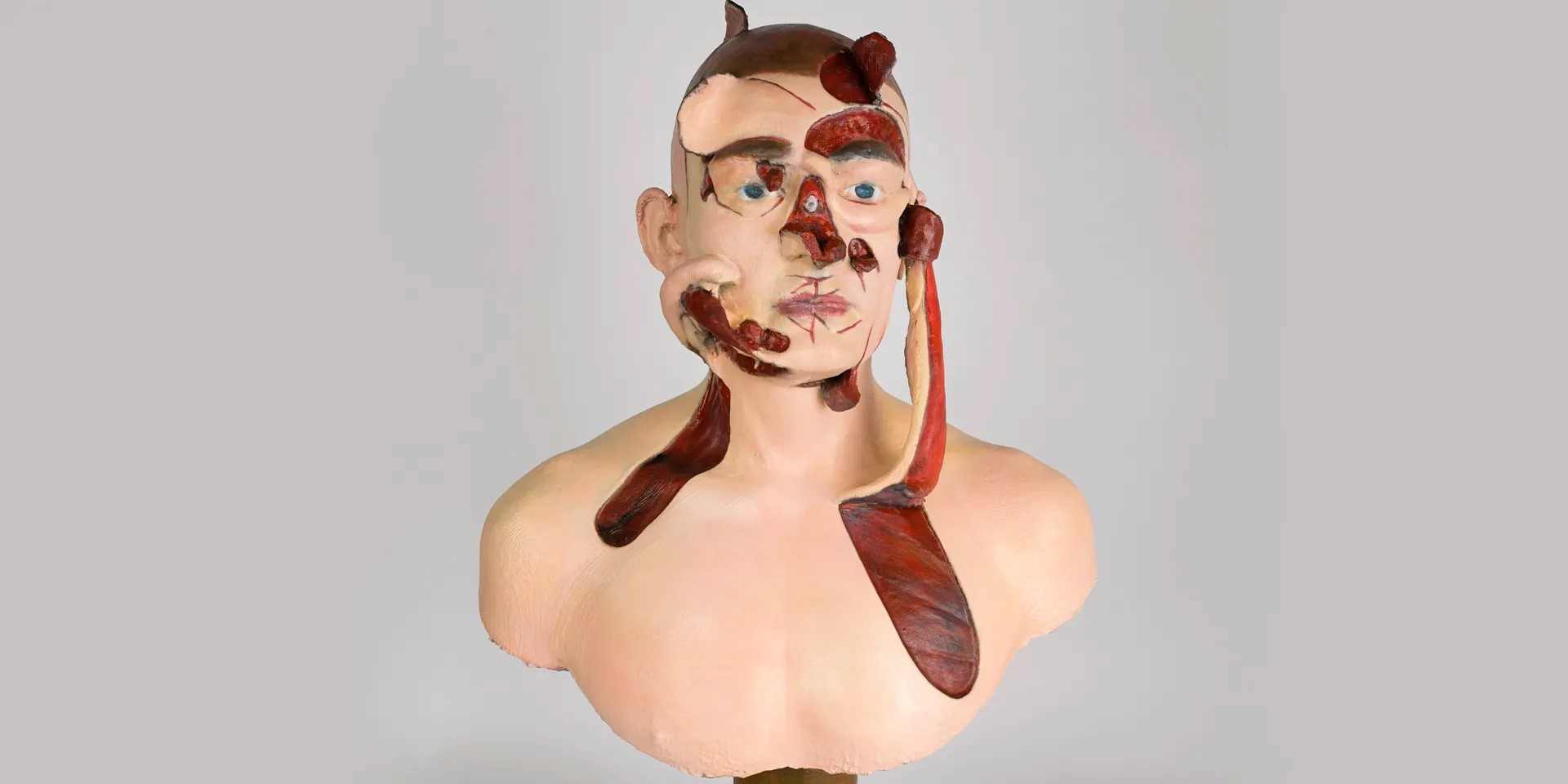
(Facsimile of a wax teaching model demonstration)
Cosmetic Surgeons and Hollywood Influence:
Plastic surgery evolved from reconstructive surgeries to elective cosmetic procedures meant to improve or change a person's appearance as medical technology advanced. The phrase "cosmetic surgery" was coined to distinguish cosmetic surgery from reconstructive surgery as a result of this change. The term cosmetic surgery refers to a wider range of procedures that are more focused on improving appearance than on restoring function.
In the 1960s, Silicone emerged as a new tool for plastic surgeons, initially treating skin imperfections. Thomas Cronin used silicone in a breast implant device in 1962. Despite wars, 1969 was a significant year for plastic surgery, with Hal B. Jennings, MD, being appointed Surgeon General of the United States by President Nixon, making him the first and only plastic surgeon to achieve this public service honor.
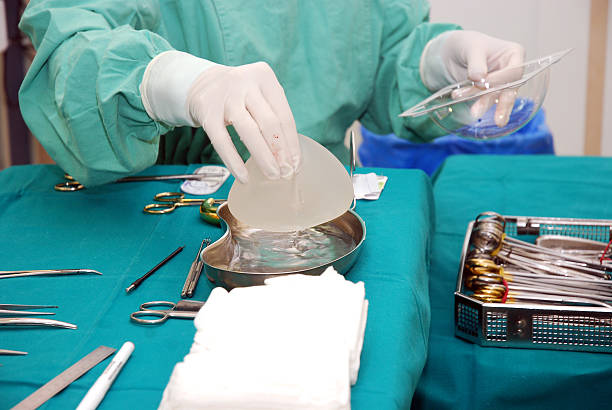
According to Global Market Insights, the global breast implants market is growing due to rising awareness about aesthetic appearance, breast cancer prevalence, and implant technology advancements. North America dominates due to high cancer prevalence and healthcare infrastructure. The Asia Pacific region is expected to see significant growth due to rising awareness, healthcare facilities, and disposable income. The market is valued at over USD 2.5 billion in 2019 and is projected to grow at a 10% CAGR from 2020 to 2026.
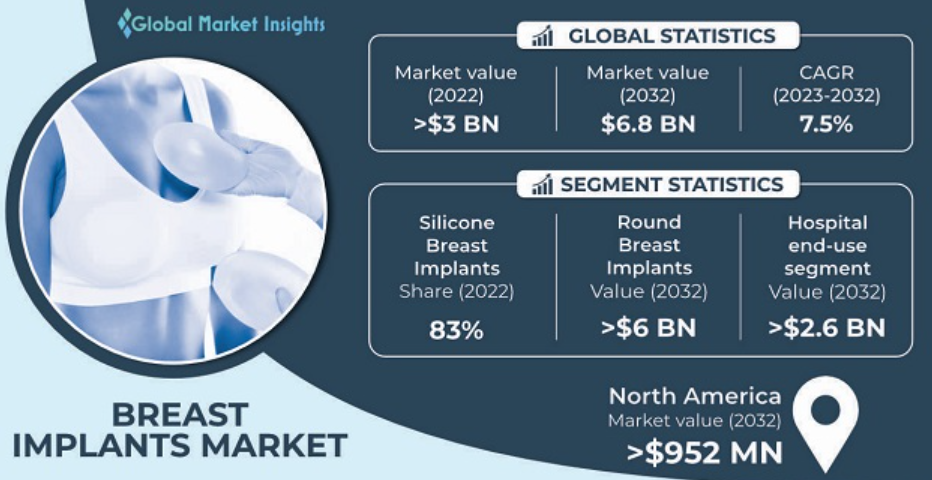
As Hollywood glamorised beauty, cosmetic surgery emerged from the shadows. The 1960s witnessed botched surgeries, with patients falling victim to unregulated practices. The tragic or extreme cases often seen on famous TV shows like 'Botched', have shown the other side where selective cosmetic/reconstructive surgeries have gone wrong or out of hand. Their popluarity has a thing or two to say about the society that we live in itself. In India, Bollywood mirrored Hollywood's influence, shaping beauty standards and fueling the demand for cosmetic procedures.
Botox: A Modern Marvel in Anti-Ageing
Transitioning to a focus on cosmetic surgery, the late 20th-century emergence of Botox became a game-changer. Initially used for medical purposes, Botox's cosmetic benefits marked a paradigm shift. Botox or Botulinum Toxin comes from Clostridium botulinum which is a spore-forming, gram-positive, anaerobic bacterium.has 8 antigenically distinguishable exotoxins (A, B, C1, C2, D, E, F and G).
After attaching to extracellular receptors on cholinergic nerve terminals, the strong zinc proteinase neurotoxin cleaves one of the three soluble N-ethylmaleimide-sensitive factor attachment receptor proteins (SNARE). This results in a temporary inhibition of neurotransmitter release at the neuromuscular junction by causing reversible inhibition of presynaptic vesicles' intracellular release of acetylcholine.
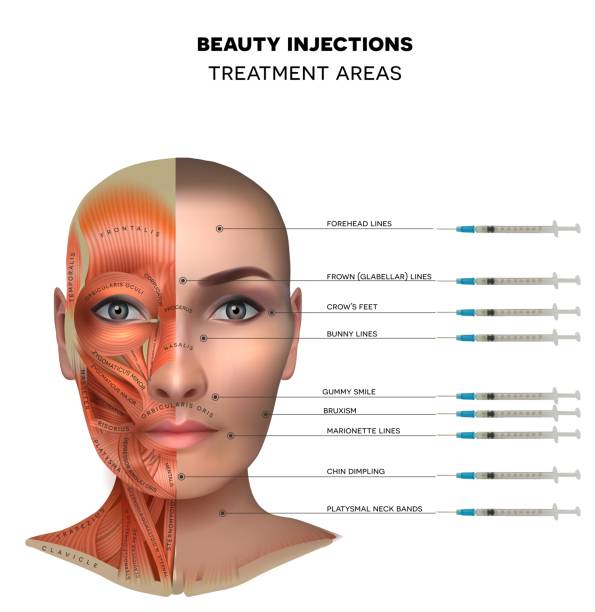
Dr Alan Scott's pioneering work in the 1980s showcased Botox's ability to temporarily reduce wrinkles. Its FDA approval in 2002 for cosmetic use catapulted Botox into the mainstream, making it one of the most sought-after non-surgical procedures globally.
Modern Marvels and Innovations:
In the contemporary era, technological leaps have transformed the landscape. Statistics reveal a surge in non-surgical procedures, with Botox injections topping the list. However, this surge is not without its darker side: the rise of unqualified practitioners, leading to complications and disillusioned patients. In 2023 alone, over 15% of cosmetic procedures faced complications, highlighting persistent risks.
In the US, Botox brings in approximately $1.5 billion a year in total revenue. According to Statista,, Botox treatments bring in $1,493,800,000 annually, making them the most profitable non-surgical procedure in the US. Dermal fillers come in second place with $1,423,300,000. The popularity of all the other treatments put together would pale in comparison to these two. To put things in perspective, the third most common procedure in 2021 was fat reduction treatments, which brought in "just" $377 million.
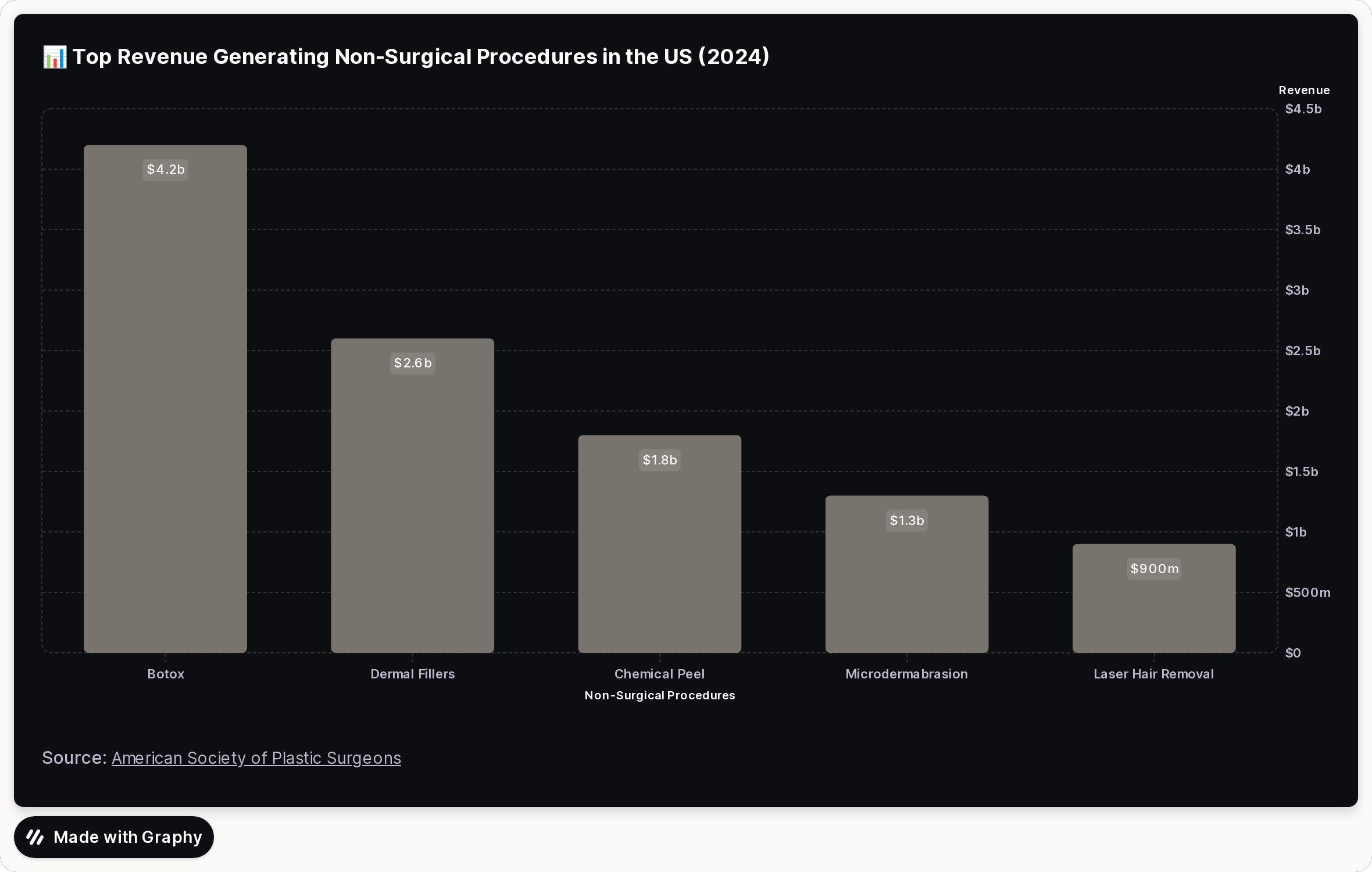
Yet, within this complexity, rays of hope shine through. Advanced techniques like microsurgery and minimally invasive procedures reduce scarring and recovery times. 3D imaging allows for meticulous planning, minimising the margin of error. In 2023, the implementation of AI-driven consultations will reduce procedural errors by 20%, ushering in a new era of precision.
Horror Stories and Redemption:
While we all might have known Justin Jedlica aka the human ken doll, the industry has undergone transformative changes. The tragic death of celebrity look alikes sparkes global outrage, pushing for stricter regulations. Consequently, many countries revised their guidelines, enhancing patient safety.

(Christina Ashten Gourkani)
India, too, faced challenges, with cases of unregulated practices leading to complications. A tragic incident occured with famous actor and comedian Vivek Shauq in 2011, suffered severe complications from a substandard procedure liposuction, prompted a reevaluation of ethical practices within the industry.

(Vivek Shauq)
In this evolving narrative, it is essential to acknowledge the pioneers who challenge norms. Charles Hull, in 1980's came out with 3D printing but the use in medical industry for facial reconstruction showcases the positive impact technology can have on patient outcomes came on very late in and also were started with innovations and use in the dental field.
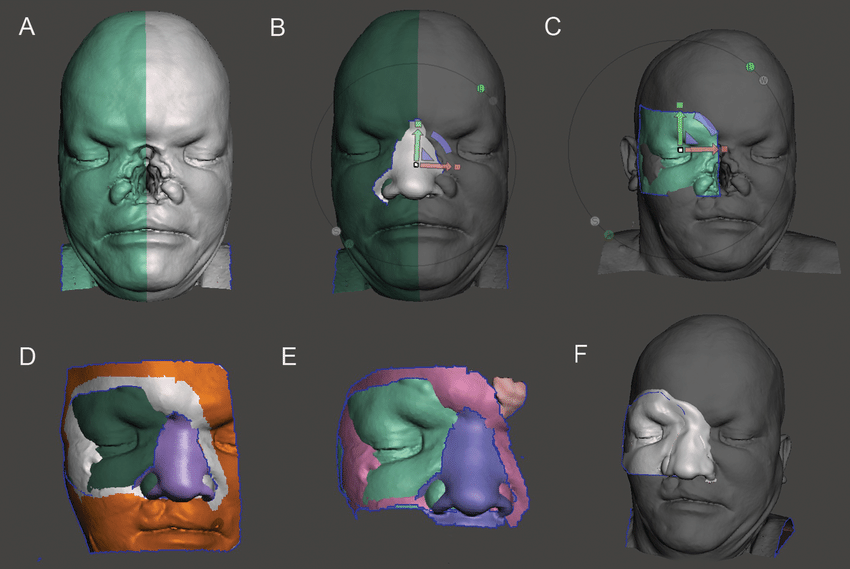
3D Reconstruction of a nose
Such breakthroughs illustrate that, amidst the shadows, there are beacons of progress steering the industry towards ethical, safer practices.
Challenges of the Digital Age:
As we delve into the 21st century, the digital age brings both opportunities and challenges. Eurostat data shows that countries like Finland, Denmark, Spain, and Ireland are increasingly relying on the internet for medical information. Finland has seen a 22 percentage point increase in health-related information compared to 2011, while Spain has seen a 69% increase in health advice. Ireland also saw a significant increase.
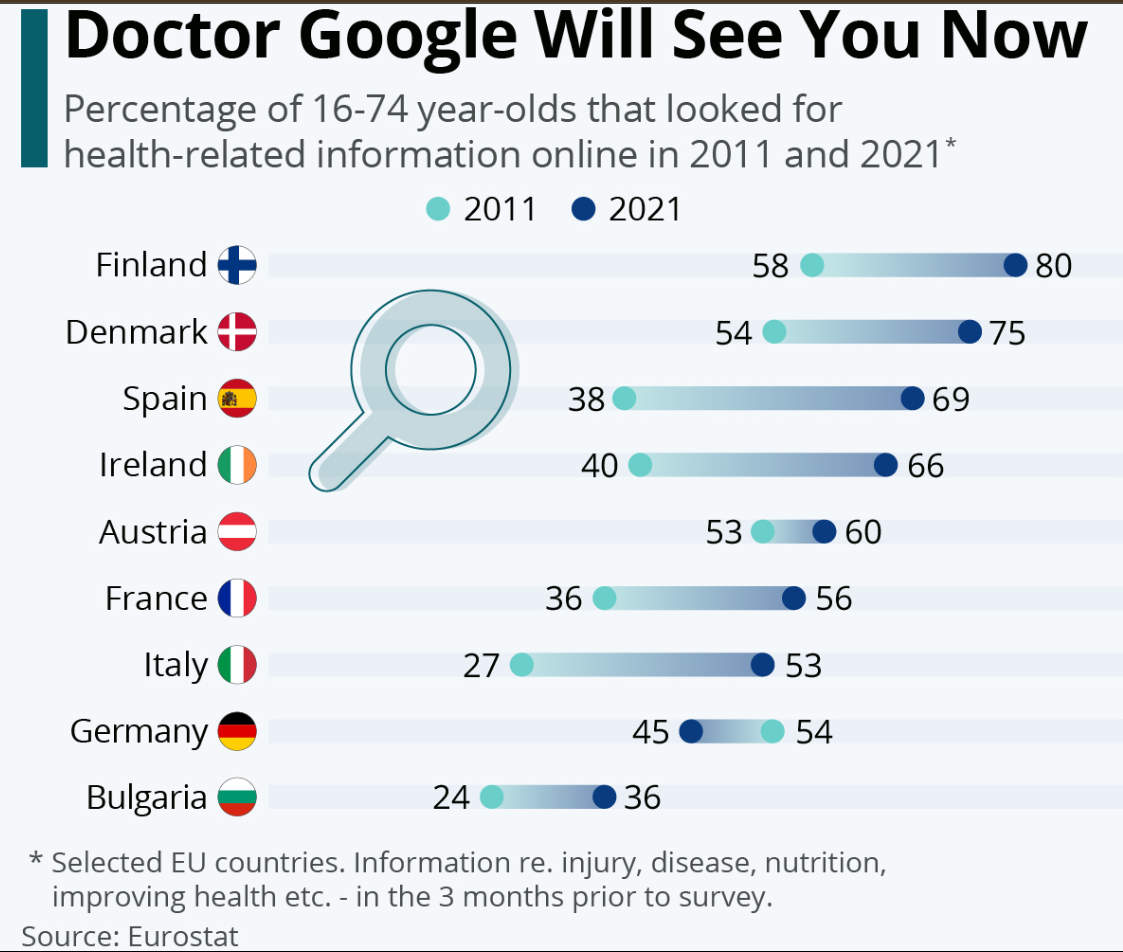
Social media platforms have become powerful influencers, shaping beauty standards and driving the desire for aesthetic enhancements. The pressure to conform to unrealistic ideals has led to a surge in demand for procedures like lip fillers and non-surgical facelifts.
According to Statista, In 2022, surveys showed that young people aged 18-24 were more likely to report negative health consequences due to their body image. Around 46% of respondents in this age group reported this, while 41% in the 25-34 age group also reported the same. This highlights the global prevalence of negative body image.
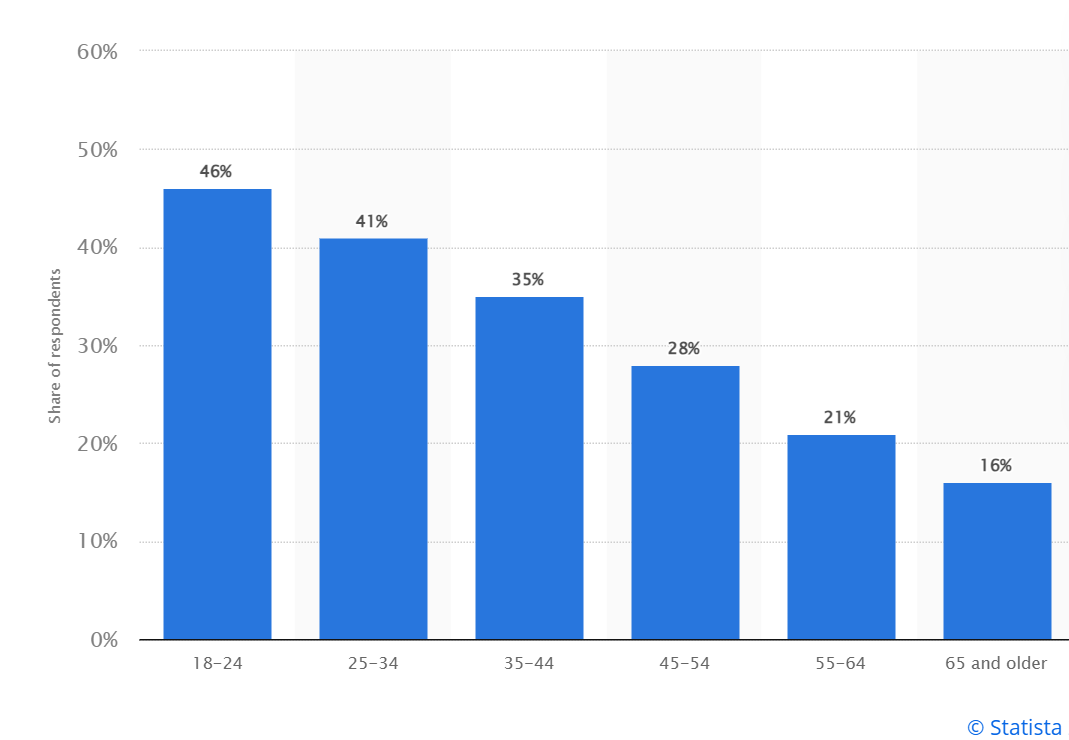
However, this digital era also exposes the dark underbelly of the industry. Online forums and review platforms bear witness to patients sharing stories of dissatisfaction, complications, and even instances of malpractice. The ease of access to information has empowered patients but also necessitates a cautious approach, as misinformation can spread rapidly. Let's take Covid for example. With such a new and deadly disease, with every door and window shut to the outside world, people took solace and comfort being on social media platforms to help fill our day with stuff to do. Finding information about Covid was not an un-usual task for any of us but during various discussions we all have heard or seen somethings so obsure and so far from the truth. But that is the power of social media.
The WHO conducted a review on the impact of infodemics and misinformation on health behaviors. It found that infodemics can cause confusion and uncertainty, leading to unhealthy behaviors. Misinformation, especially regarding vaccines and COVID-19, had been a major challenge during the pandemic. Effective communication strategies, such as providing accurate information and debunking myths, were crucial in addressing this issue.
Proactive measures were and are needed to combat misinformation and promote accurate information for the well-being of individuals and communities.
Ethical Dilemmas and Cultural Shifts:
With the spotlight on aesthetic procedures, ethical concerns have come to the forefront. The line between enhancement and alteration blurs, raising questions about the impact of cosmetic interventions on mental health and self-esteem. In a world increasingly valuing authenticity, the balance between self-improvement and accepting one's natural appearance becomes a subject of intense debate.
The 2022 plastic surgery report by ASPS reveals a 10% increase in procedures compared to the previous year. Breast augmentation, liposuction, and rhinoplasty were the top surgical procedures. Non-surgical procedures accounted for 88% of all procedures, with Botox, fillers, and chemical peels being popular choices. More men are seeking cosmetic procedures. Younger patients prefer minimally invasive procedures, while older patients opt for surgeries like facelifts. Regional variations in preferences were observed, with the West and Northeast having the highest number of procedures. The pandemic initially caused a decline in procedures, but demand rebounded as restrictions eased. Virtual consultations and telemedicine played a crucial role.
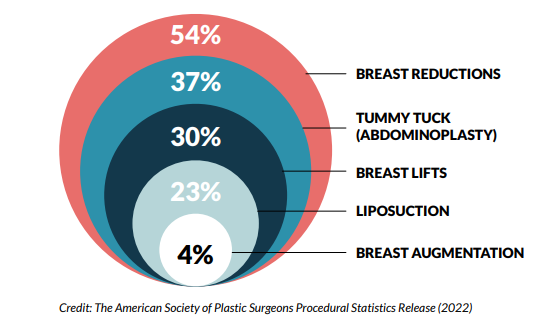
Cultural attitudes towards plastic surgery also evolve. Some societies embrace cosmetic enhancements as a form of self-expression such as the Maori people of New Zealand have a long-standing tradition of facial tattooing called "moko''. Scarification, the intentional creation of scars on the body, has been practiced in various African cultures. Addition/ Stretching of certain body parts have also been a part of Mursi ethnic group, Ethiopia.

While others view them with scepticism, global interconnectedness brings forth a melting pot of perspectives, further complicating the narrative of what is deemed acceptable or taboo in the realm of aesthetics.
Environmental Considerations:
"A thing of beauty is a joy forever"
is a famous quote by John Keats. In the pursuit of beauty, the environmental impact of plastic surgery practices comes under scrutiny. Single-use plastics, prevalent in many medical procedures, contribute to environmental pollution and do not degrade for years to come.India only generated 101 metric tons of COVID-19 biomedical waste daily in July 2020, with Maharashtra being the largest producer, producing 17.5 metric tons daily. By 2024, the market for medical plastics is projected to have grown from $22.8 billion in 2019 to $31.7 billion.
The industry faces a call for more sustainable practices like the concept of Green Healthcare, prompting researchers and practitioners to explore eco-friendly alternatives and reduce the ecological footprint of cosmetic interventions.
Global Collaboration and Regulation:
Recognising the global nature of the industry, efforts towards international collaboration and standardised regulations gain momentum. The exchange of best practices and adherence to ethical standards become crucial in ensuring patient safety and upholding the integrity of the profession.
With people going to Turkey for hair implants, Brazil for BBL's, South Korea for Facial cosmetic surgery, we need to set global guildelines and regulations for the safety of people. Cosmetic procedures, both surgical and non-surgical, are popular for enhancing body features, with the United States leading with 7.4 million in 2022 and Brazil second with three million.
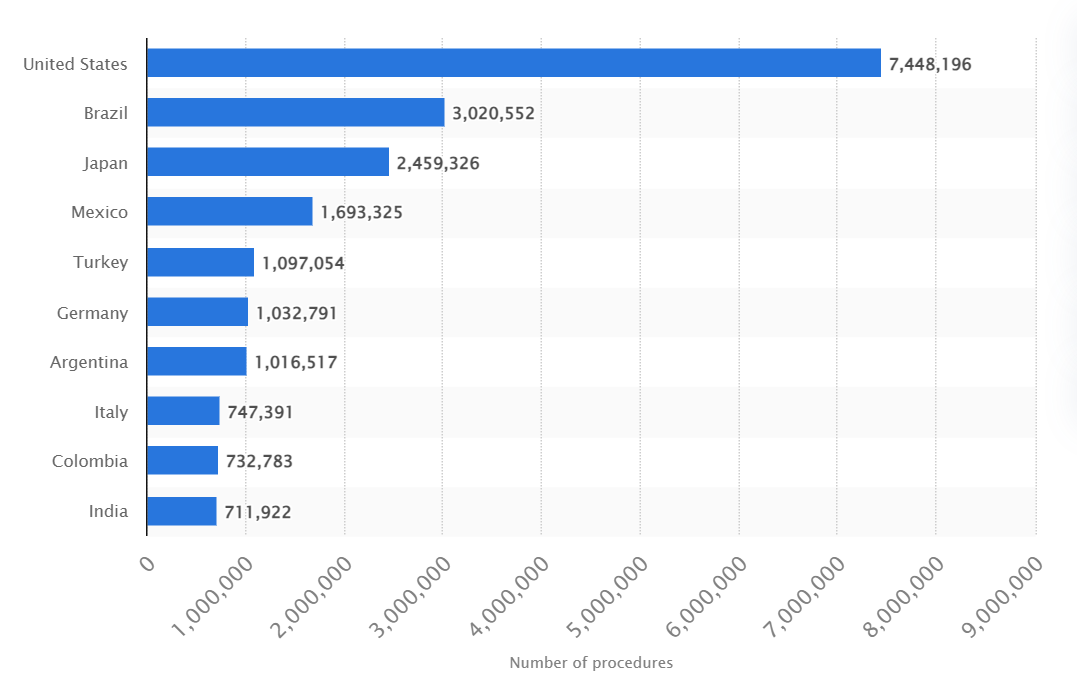
In response to the challenges faced by the industry, organisations worldwide are taking steps to establish guidelines for ethical conduct, stringent certification processes, and continuous education for practitioners. These initiatives aim to foster a culture of responsibility and accountability, safeguarding both the practitioners and the patients.
Embracing Diversity and Inclusivity:
The evolving landscape of plastic surgery calls for a celebration of diversity and inclusivity. As societal norms shift, there is a growing acknowledgement of the beauty in individuality. Plastic surgeons are adapting their approaches to cater to a diverse range of ethnicities and cultural preferences, recognising that beauty standards are not one-size-fits-all.

Looking to the Future:
As we navigate the complexities of the present, the future of plastic surgery holds promises of continued innovation, ethical advancements, and a commitment to holistic well-being. The challenges of the past serve as guideposts, steering the industry towards a future where patient safety, environmental consciousness, and cultural sensitivity converge.

In this ever-evolving narrative, the history of plastic surgery continues to be written, shaped by the hands of those dedicated to weaving a tapestry that reflects the essence of human expression, resilience, and the pursuit of both outer and inner beauty.
(Media Sources: Multiple agencies , publications , journals)
ⒸCopyright 2024. All Rights Reserved Powered by Vygr Media.

